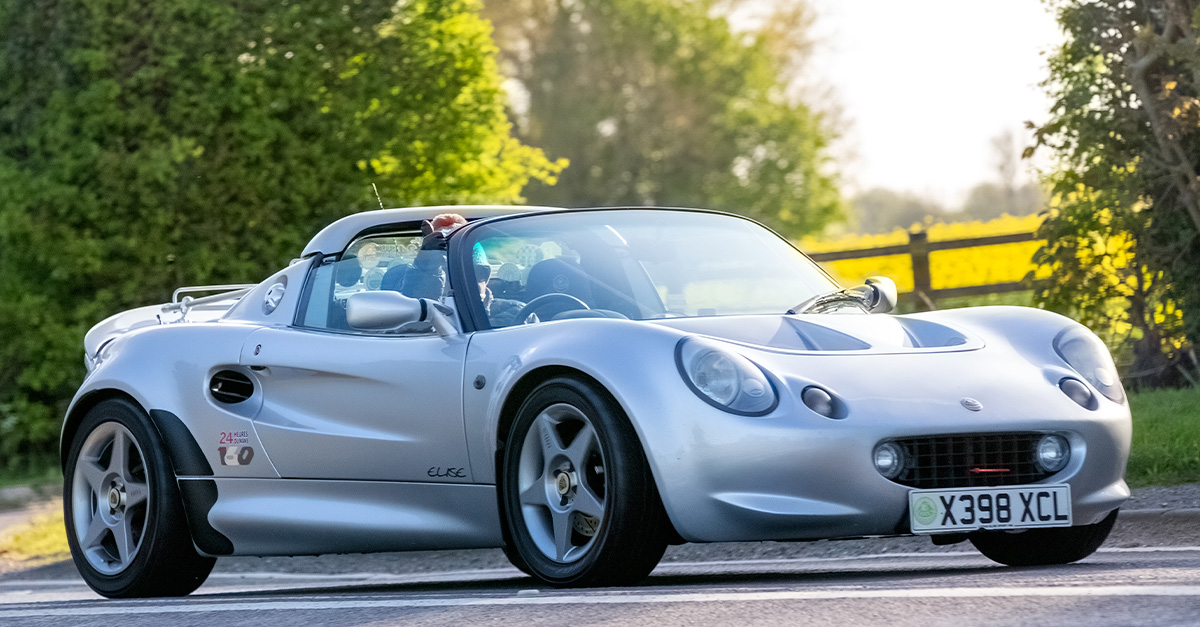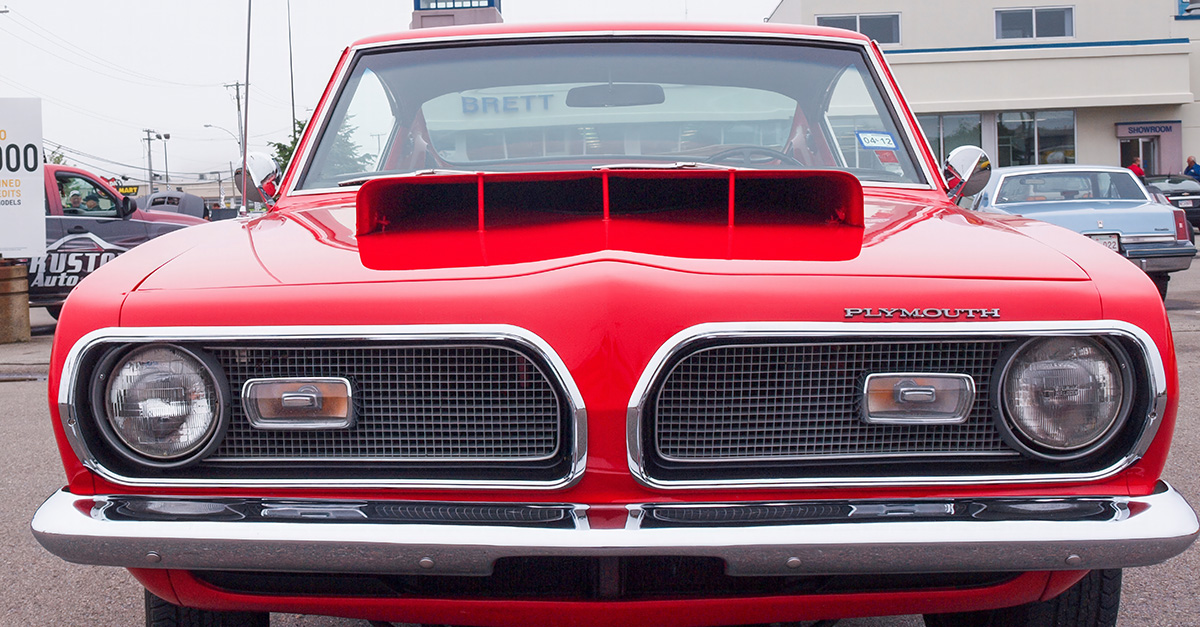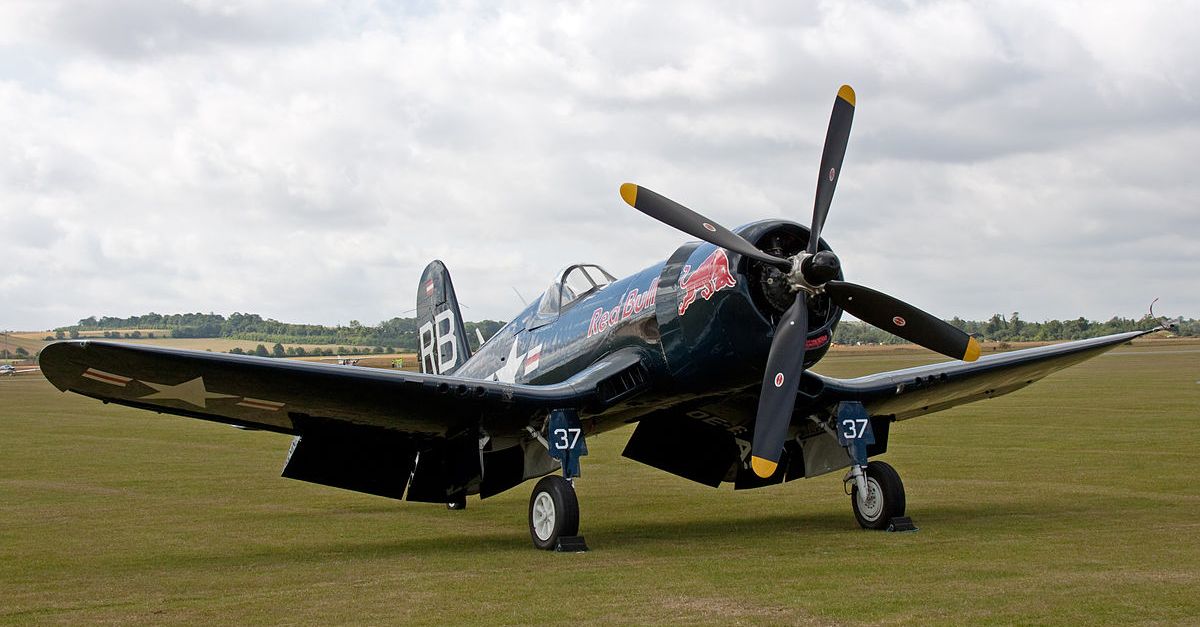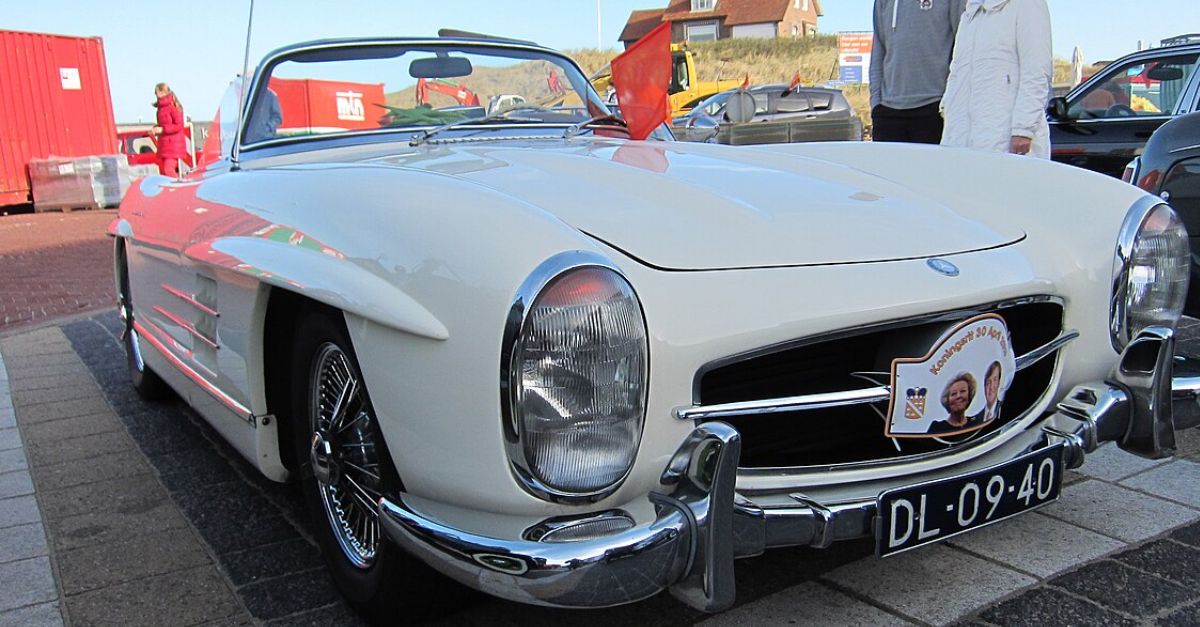No-Nonsense Beasts
Every farm has a story, and most include a truck that refused to quit. These weren’t showroom queens. They were dust-covered, dented, and loyal; true partners in the grind of agricultural life.

Ford F-100
F-100 first appeared in 1953 as part of the newly branded F-Series, which succeeded the earlier Ford F-1 trucks from 1948–1952. It introduced the world to modern truck aesthetics with clean Styleside beds, showing off Ford's "if it ain't broke, don't fix it" philosophy.
 Andrew Bone from Weymouth, England, Wikimedia Commons
Andrew Bone from Weymouth, England, Wikimedia Commons
Ford F-100 (Cont.)
Under its hood lived the revolutionary Y-block V8, starting as a 239-cubic-inch engine in 1954 and growing to 256 cubic inches by 1956, producing 140 horsepower. Over 100,000 of these workhorses rolled off Toledo assembly lines annually between 1953 and 1956.
Chevrolet C10
NASCAR Cup cars used the C10's rear coil spring setup, which is mounted directly to long trailing arms and stabilized by a Panhard bar—right up until 2021. Apart from farm engineering, this was more about racing-grade performance disguised as a work truck.
 MercurySable99, CC BY-SA 4.0, Wikimedia Commons
MercurySable99, CC BY-SA 4.0, Wikimedia Commons
Chevrolet C10 (Cont.)
Farmers fell hard for the 1967–1972 generation because Chevrolet had completely reimagined truck construction. Gone was the old reinforced x-frame, replaced by a traditional ladder frame built from heavier steel with beefy cross members. Engine choices ranged from the trusty Turbo-Thrift straight-six to the 396 V8.
 Greg Gjerdingen from Willmar, USA, Wikimedia Commons
Greg Gjerdingen from Willmar, USA, Wikimedia Commons
Dodge Power Wagon
Born from the chaos of World War II, America's first mass-produced civilian 4x4 truck emerged in 1946 with battle-tested DNA. Originally called the WDX General Purpose Truck, it carried the mechanical genes of Dodge's 3/4-ton WC series military vehicles that had conquered the world's toughest battlefields.
 Greg Gjerdingen from Willmar, USA, Wikimedia Commons
Greg Gjerdingen from Willmar, USA, Wikimedia Commons
Dodge Power Wagon (Cont.)
People quickly discovered what made this truck special: the T137 engine, a 230 cubic inch six-cylinder that had proven itself under fire. Beyond raw capability, this piece was purpose-built for agricultural work, made to haul, plow, and power equipment through pretty rough conditions.
 Bachcell at English Wikipedia, Wikimedia Commons
Bachcell at English Wikipedia, Wikimedia Commons
Dodge D250 Cummins
Around five years of engineering went into one of the boldest gambles ever. When Dodge decided to cram a heavyweight, turbocharged industrial equipment engine into their Ram pickup in 1989, skeptics wondered if a diesel structured for heavy machinery could work in a farm truck.
 4x4 1991 Dodge Ram 250 Cummins Turbo Diesel by Lafontaine Classic Cars
4x4 1991 Dodge Ram 250 Cummins Turbo Diesel by Lafontaine Classic Cars
Dodge D250 Cummins (Cont.)
Magic happened the moment that 5.9-liter 12-valve Cummins fired up for the first time in a D250. Suddenly, everyone had access to massive torque that could pull the heaviest implements while delivering fuel efficiency that made sense on tight agricultural budgets.
 Beautiful First Gen Cummins D250 cleaned up and walk around. One last video! by Schneids15
Beautiful First Gen Cummins D250 cleaned up and walk around. One last video! by Schneids15
Willys Jeep CJ-2A
Agriculture was struggling in post-war America—5.5 million farmers worked the land, but over 4 million lacked both a truck and a tractor. Willys-Overland saw this big gap and marketed their CJ-2A "Universal" as "The All-Around Farm Work-Horse" that could replace two heavy draft horses.
 order_242 from Chile, Wikimedia Commons
order_242 from Chile, Wikimedia Commons
Willys Jeep CJ-2A (Cont.)
Enter the "Powerhouse on Wheels,” a concept that turned every CJ-2A into a mobile power station. Belt-driven governors controlled from the instrument panel allowed farmers to regulate engine speeds from 1,000 to 2,600 rpm, powering hay balers and grain elevators.
Ford F-250
Heavy-duty capability meets everyday usability. All thanks to Ford for expanding its F-Series lineup to include the three-quarter-ton F-250. This wasn't just a beefed-up F-150 as engineers redesigned the frame, suspension, and drivetrain specifically for the demanding loads that defined serious farm work.
 GPS 56 from New Zealand, Wikimedia Commons
GPS 56 from New Zealand, Wikimedia Commons
Ford F-250 (Cont.)
Payload capacity jumped dramatically over its lighter sibling, while towing ratings climbed into genuine work-truck territory. Modern F-250s are believed to haul more than 4,000 pounds in the bed and tow upwards of 20,000 pounds when properly equipped.
 MercurySable99, Wikimedia Commons
MercurySable99, Wikimedia Commons
Chevrolet Silverado 2500HD
Raw numbers tell the Silverado 2500HD's story: 10,000 pounds of maximum towing capacity and 2,000 pounds of payload in the bed. But spreadsheet statistics don't capture what happens when you hit up that available 6.6-liter Duramax diesel and feel 445 horsepower.
Chevrolet Silverado 2500HD (Cont.)
Don’t forget the 910 pound-feet of torque that come alive under your right foot. Nine different trim levels ensure there's a Silverado 2500HD configuration for every farming operation, from the basic Work Truck that prioritizes function over form to the luxurious High Country.
Ram 2500
Torque conquers all in the farming world, and the Ram 2500's 6.7-liter Cummins turbodiesel delivers a staggering 1,075 pound-feet of twist. This is the difference between struggling up hills with a loaded trailer and effortlessly maintaining highway speeds regardless of cargo.
 Boy the Robot, CC BY-SA 4.0, Wikimedia Commons
Boy the Robot, CC BY-SA 4.0, Wikimedia Commons
Ram 2500 (Cont.)
Class-exclusive elements like the RamBox Cargo Management System change how farmers organize their mobile workshops. These weatherproof, drainable storage bins double as coolers when packed with ice, alongside the 7,500–10,000-pound towing capacity, which handles horse trailers and loaded equipment haulers.
GMC C/K Series
From 1960 to 1987, GMC's C/K designation told you everything about capability before you even saw the truck: "C" meant two-wheel drive for highway hauling, while "K" signified four-wheel drive for off-road farm work. This simple naming convention reflected GMC's commitment.
 Greg Gjerdingen from Willmar, USA, Wikimedia Commons
Greg Gjerdingen from Willmar, USA, Wikimedia Commons
GMC C/K Series (Cont.)
The company positioned its C/K trucks as the commercial-duty choice, often featuring upgraded cooling systems, heavy-duty transmissions, and reinforced frames that could handle the constant abuse of agricultural work. It focused on building trucks that could work 12-hour days.
 MercurySable99, Wikimedia Commons
MercurySable99, Wikimedia Commons
Ford Super Duty F-350
Maximum capability reaches its peak in the Super Duty F-350, where Ford engineers pushed the boundaries of what a pickup truck can accomplish. Towing capacity climbed up to 15,000 lbs when properly equipped. This was enough to haul loaded semi-trailers or the largest agricultural implements.
Ford Super Duty F-350 (Cont.)
Under the hood, the prevalent 6.7-liter Power Stroke diesel cranks out 500 horsepower and a crushing 1,200 pound-feet of torque. The cab can seat up to 6 people and is available in configurations like Super Cab or Crew Cab.
1917 Ford Model TT
The 1917 Ford Model TT was Ford's first purpose-built truck and a foundational vehicle in American agricultural and business history. Its wheelbase extended to 125 inches (longer than the passenger car’s 100.5 inches) and displayed a much heavier frame and rear axle for durability.
 order_242 from Chile, Wikimedia Commons
order_242 from Chile, Wikimedia Commons
1917 Ford Model TT (Cont.)
It is said that this automobile set the template for future farm and commercial trucks by combining car-like affordability and ease of use with genuine load-hauling ability. The masterpiece had an inline 4-cylinder, 2.9L engine, producing about 20 horsepower at 1,800 rpm.
 Lars-Goran Lindgren Sweden, Wikimedia Commons
Lars-Goran Lindgren Sweden, Wikimedia Commons
Ford Model AA
Eighty years before "farm tough" became a marketing slogan, Ford was already building it into reality with the Model AA. Introduced in December 1927 as Ford's answer to the aging Model TT, the AA represented a quantum leap in agricultural capability with its 131.5-inch wheelbase.
 Vauxford, CC BY-SA 4.0, Wikimedia Commons
Vauxford, CC BY-SA 4.0, Wikimedia Commons
Ford Model AA (Cont.)
This beast was structured with a special four-speed transmission showcasing a "granny" or "creeper" first gear with ultra-low reduction ratios for maximum torque when pulling heavy loads. The same 40-horsepower, 201-cubic-inch L-head four-cylinder that powered the Model A passenger car was ideally suited for this one.















